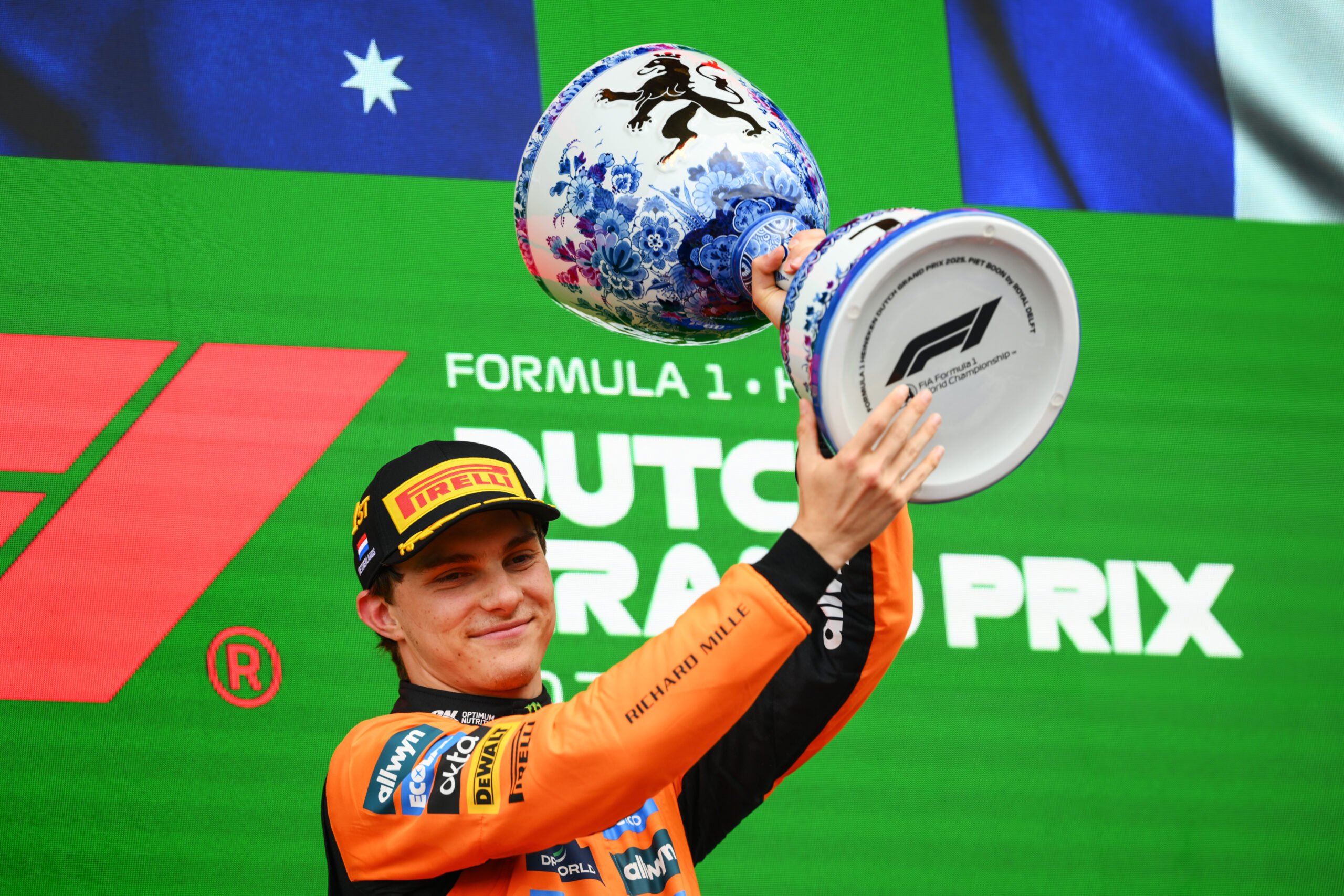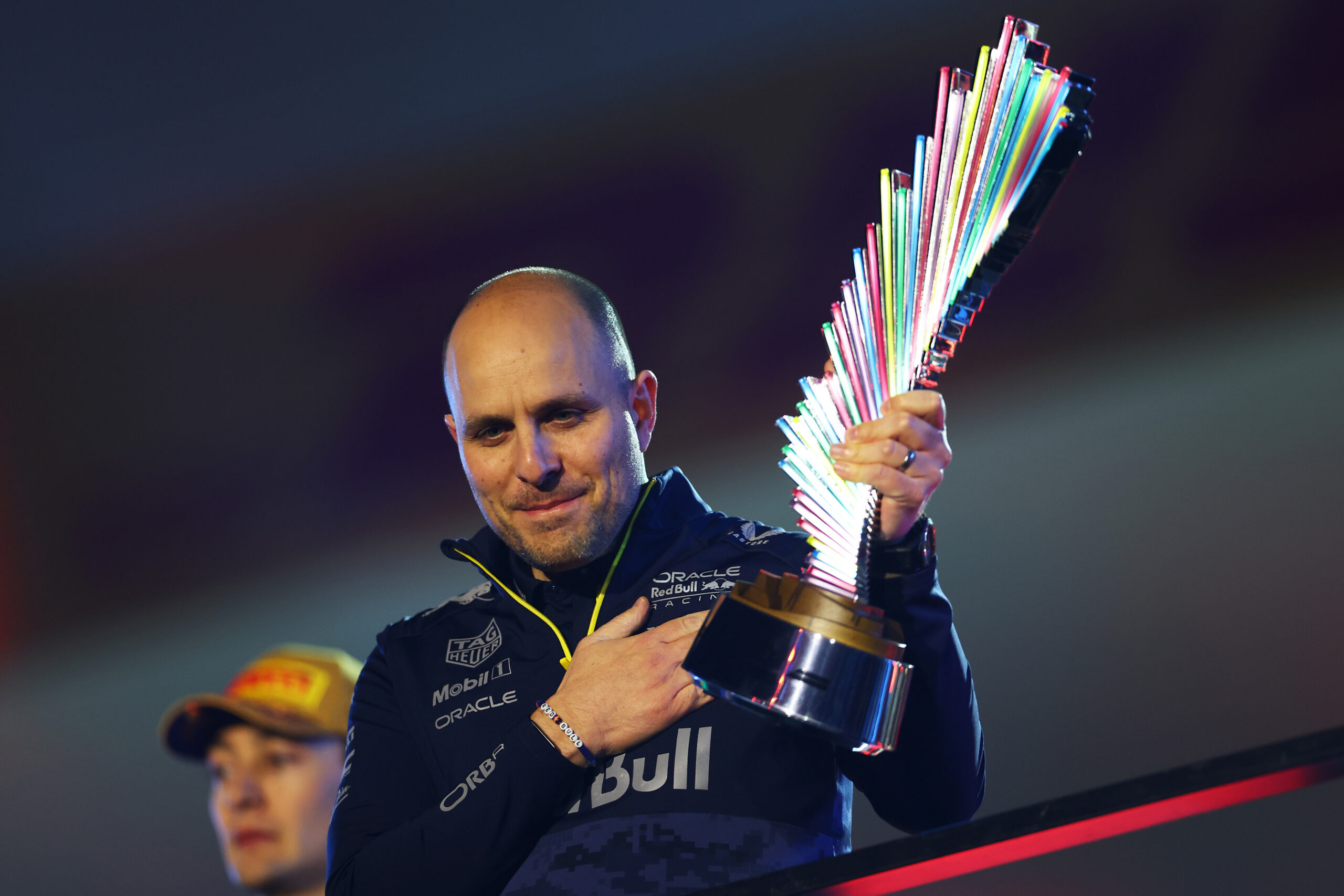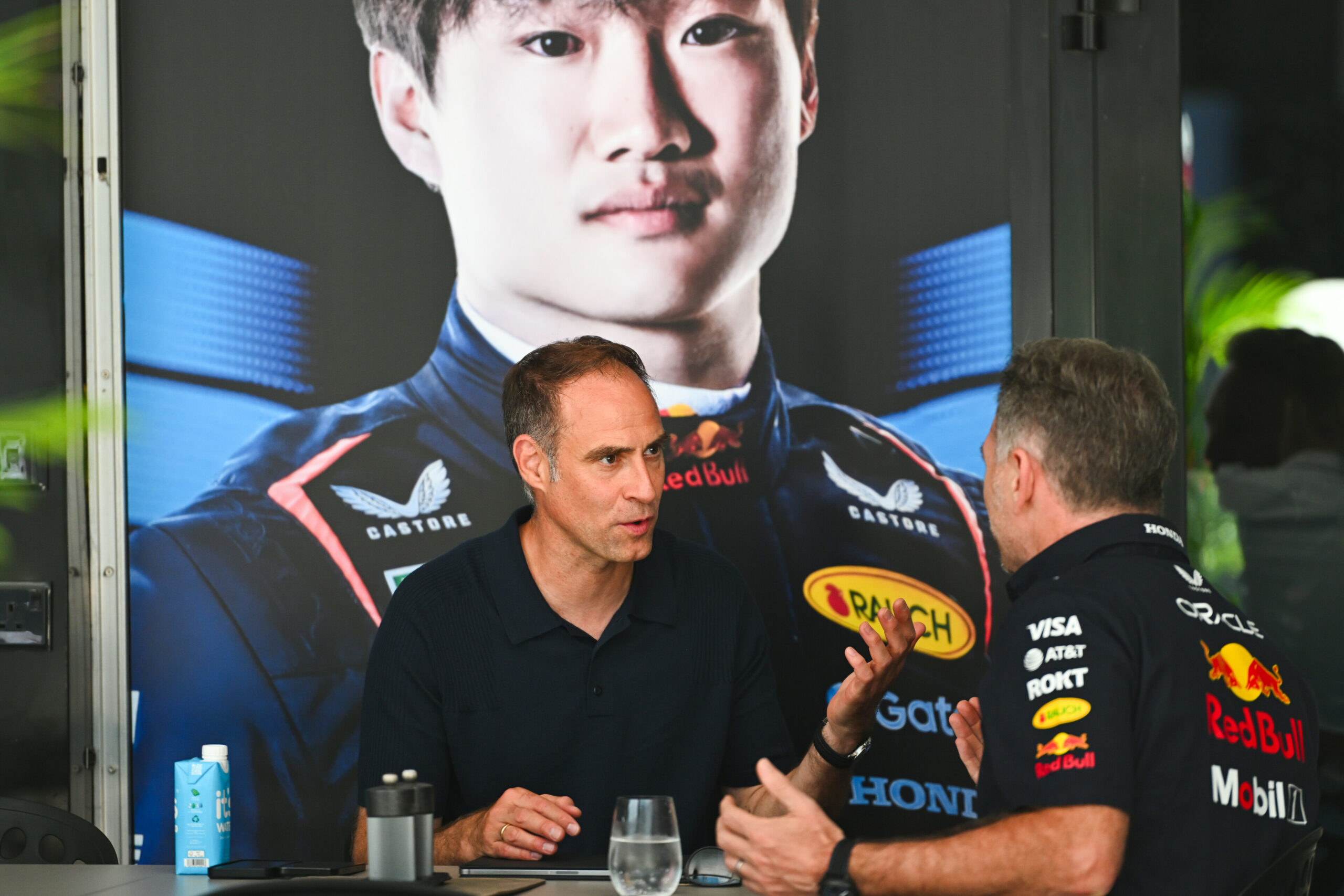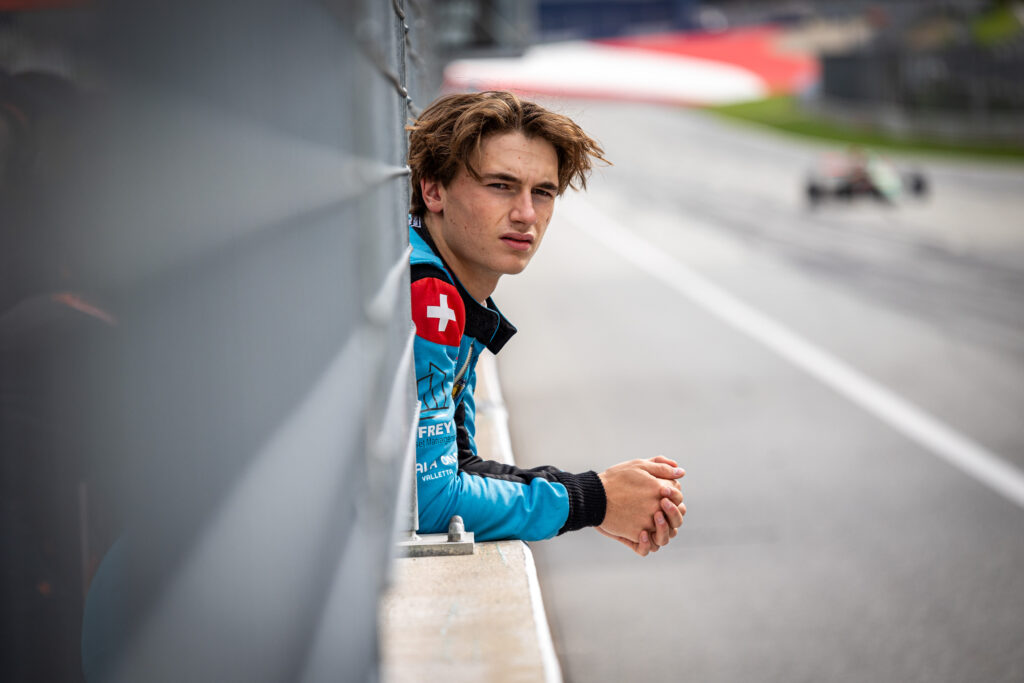
Photo credit: Scuderia Ferrari Media
During a video call last week, Scuderia Ferrari team principal Frédéric Vasseur talked about Red Bull’s advantage over the SF-23, underlining how much, part of this, comes from the RB19’s massive ‘DRS effect’.
The first part of the season that Scuderia Ferrari is experiencing is complex and far from expectations. Despite last year’s excellent car, the Italian team put a 2023 car on the track which, even if it’s the evolution of the excellent F1-75, proved to be slow and problematic.
The SF-23, in the first phase of the championship, collected just a few points, showing itself to be slow in the first two races in Bahrain and in Jeddah: GPs where the car showed a lack of downforce and tyre management problems.
In Melbourne however, where the situation appeared to be improving, with a car almost on a level with its rivals and good tyre management, no points were collected due to the various episodes, not always favourable, that occurred. A situation, just described, sees the Italian team down from the role of second force in the field to that of fourth, behind teams like Aston Martin and Mercedes and also behind the unapproachable Red Bull.
Red Bull which, it must be said, has produced an “all-round” car this year, performing in every scenario and in every condition which, looking at the data, has solved all the problems of the RB18 and has enhanced all its points of force. Among these, undoubtedly, there’s the great advantage that Adrian Newey’s car has while using the DRS: a great plus for the Anglo-Austrian team but, on the other side, a big weakness for rivals.
As mentioned, Red Bull has an important advantage, result of the great work of Pierre Wache’s technicians born from the need, in recent years, to make up for low-power power units with little drag and with the efficiency of the DRS . A job that, when Red Bull finally had a competitive PU, brought enormous benefits.
The Ferrari team principal, Frédéric Vasseur, spoke about the matter, recognising this strength in his rivals but saying he was convinced that, compared to 2022, the gap between Ferrari and Red Bull, in terms of DRS efficiency, has decreased.
“They have a mega big DRS effect, bigger than everybody else. And we have to understand how they’re able to do something like this,” he said.
“They are doing something different, and they are doing something better for sure.
“Honestly, however, I think the difference was wider last year, we have closed part of the gap but we have still to improve.”
An area on which in Maranello are working hard to bring Red Bull closer but on which the maximum has not yet been done. To understand this, just evaluate the data from the Australian GP where (considering different set-ups for the various cars) the RB19 was the fastest at the end of the straights, with Verstappen (328 km/h) and Perez (326 km/h ), followed by the Williams. The two SF-23s, on the other hand, were just in the middle of this list.
“I think that the difference was probably bigger last year,” Vasseur said. “I think we compensated part of the gap. It was probably even more obvious last year. But we have still to improve on this area.
“That problem [is] that we were expecting to compensate a bit more, but the gap was bigger last year. But now for sure we have room for improvement on this area. We are on it,” concluded Vasseur.





